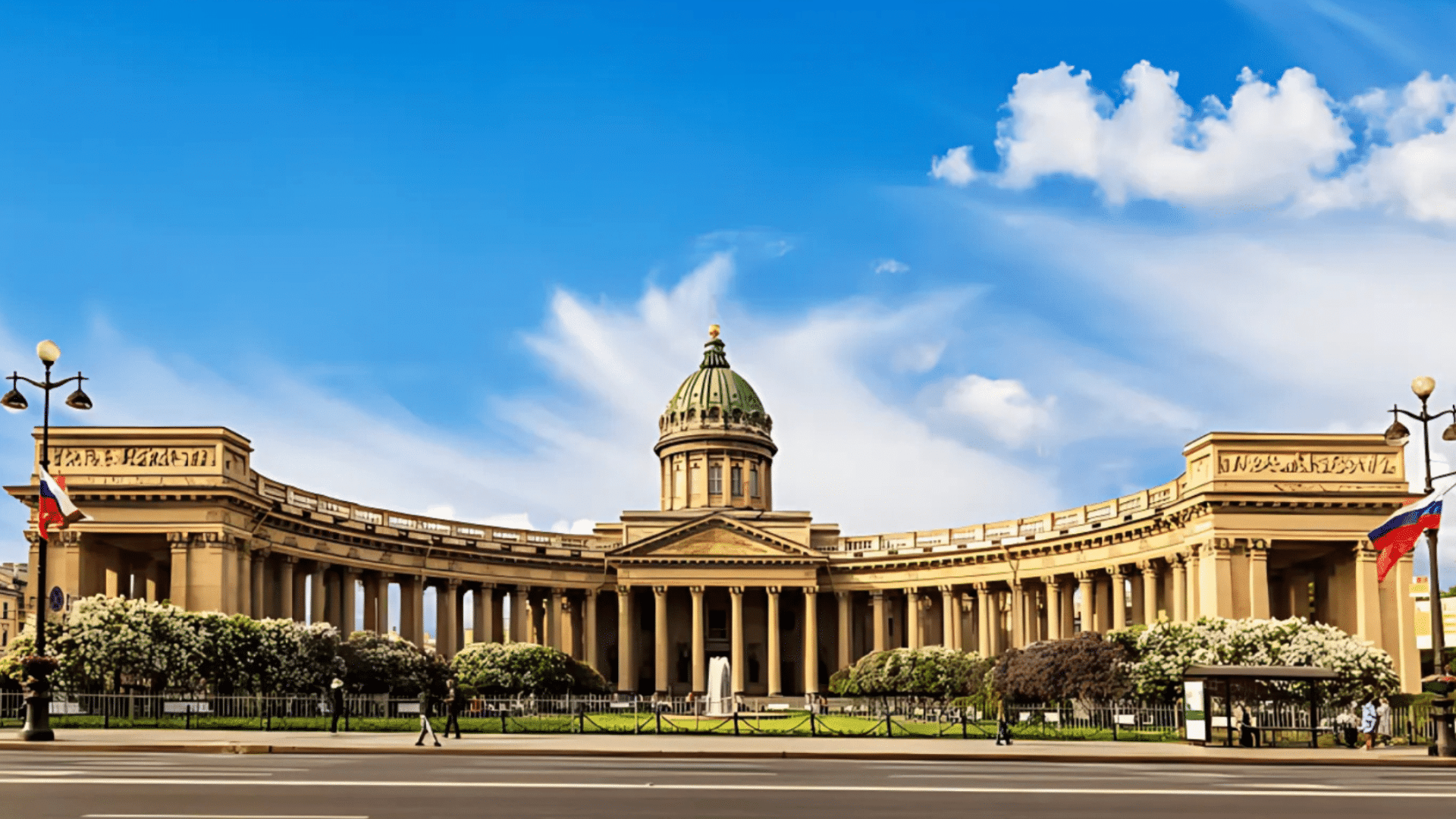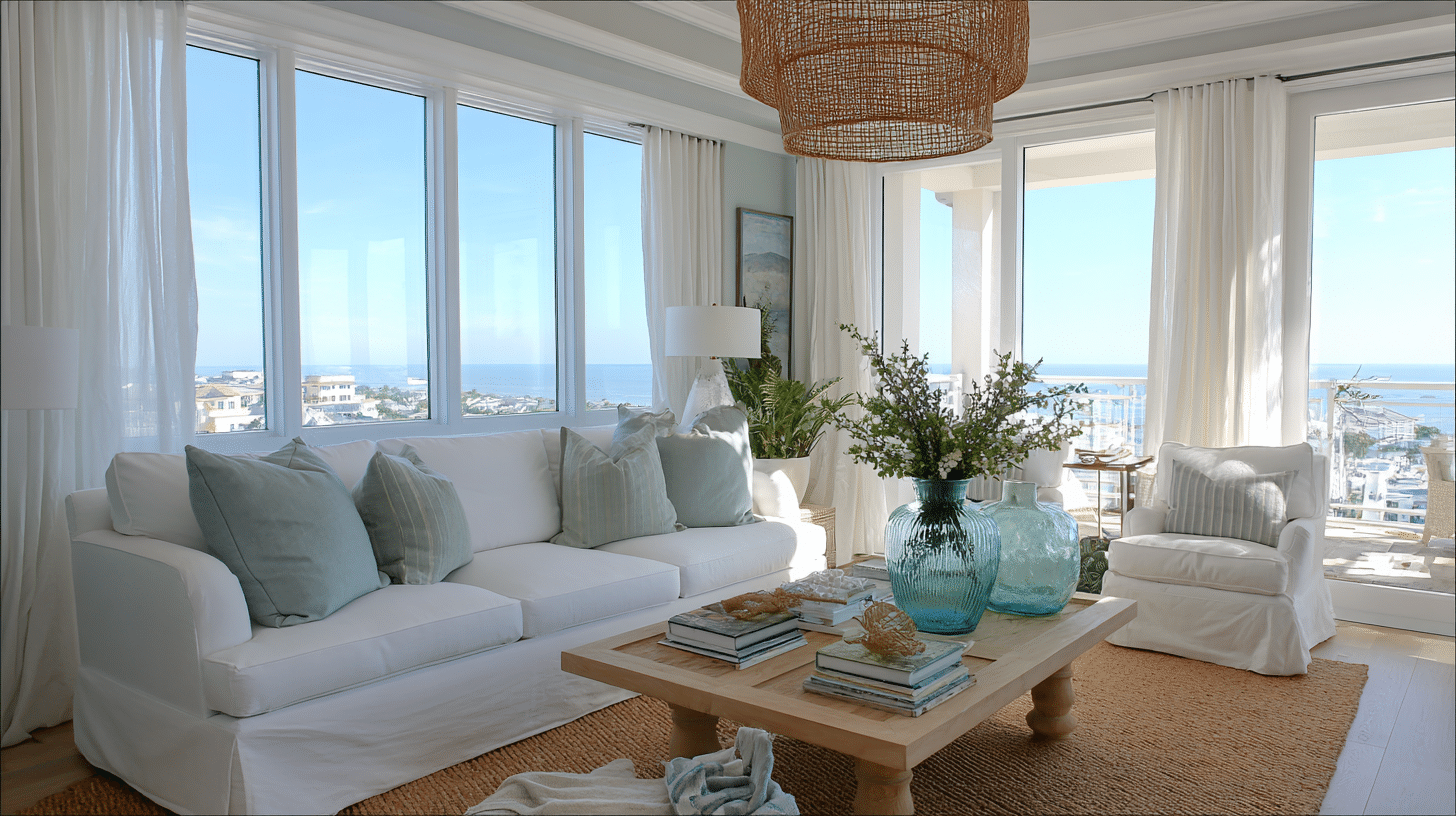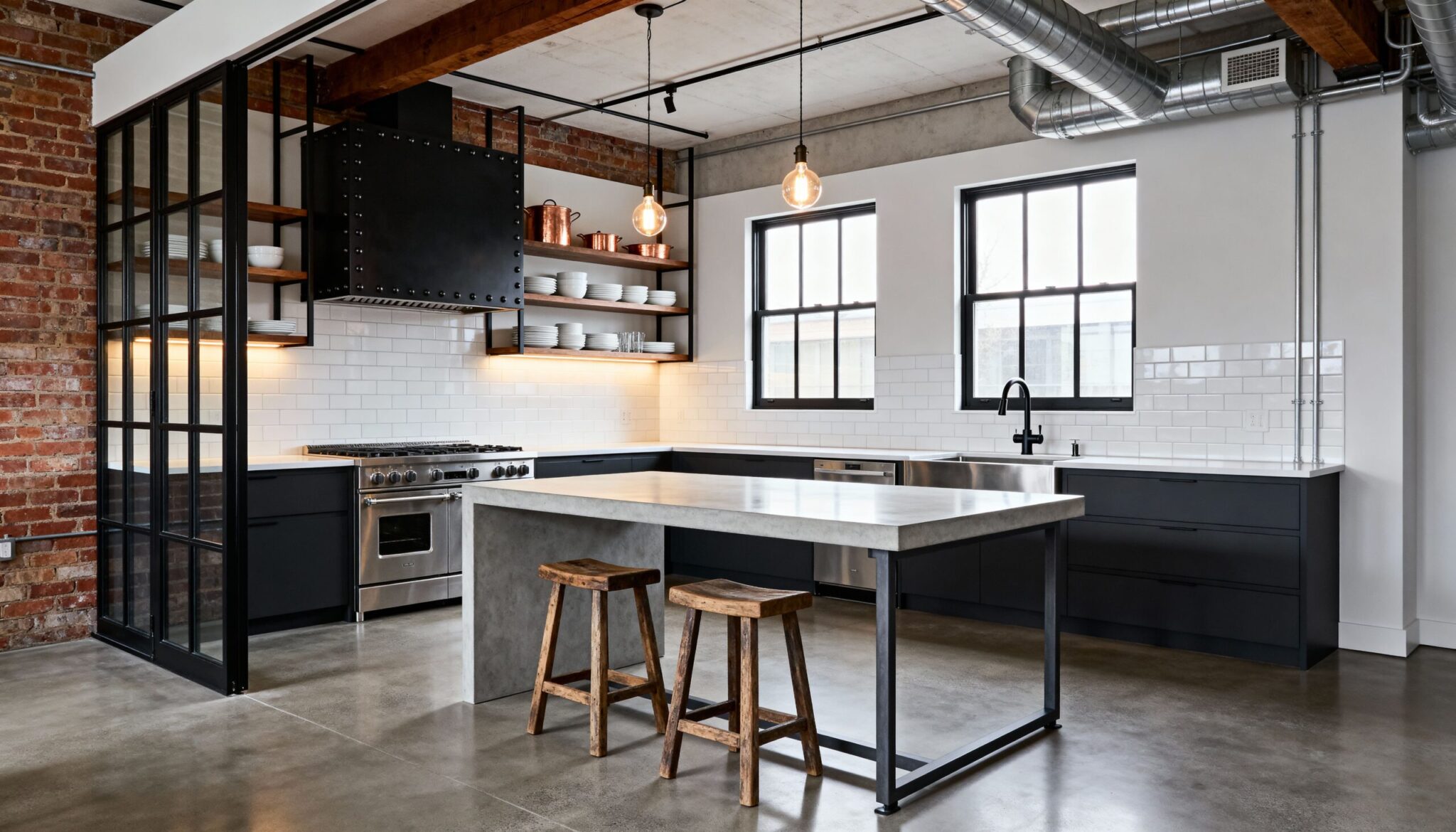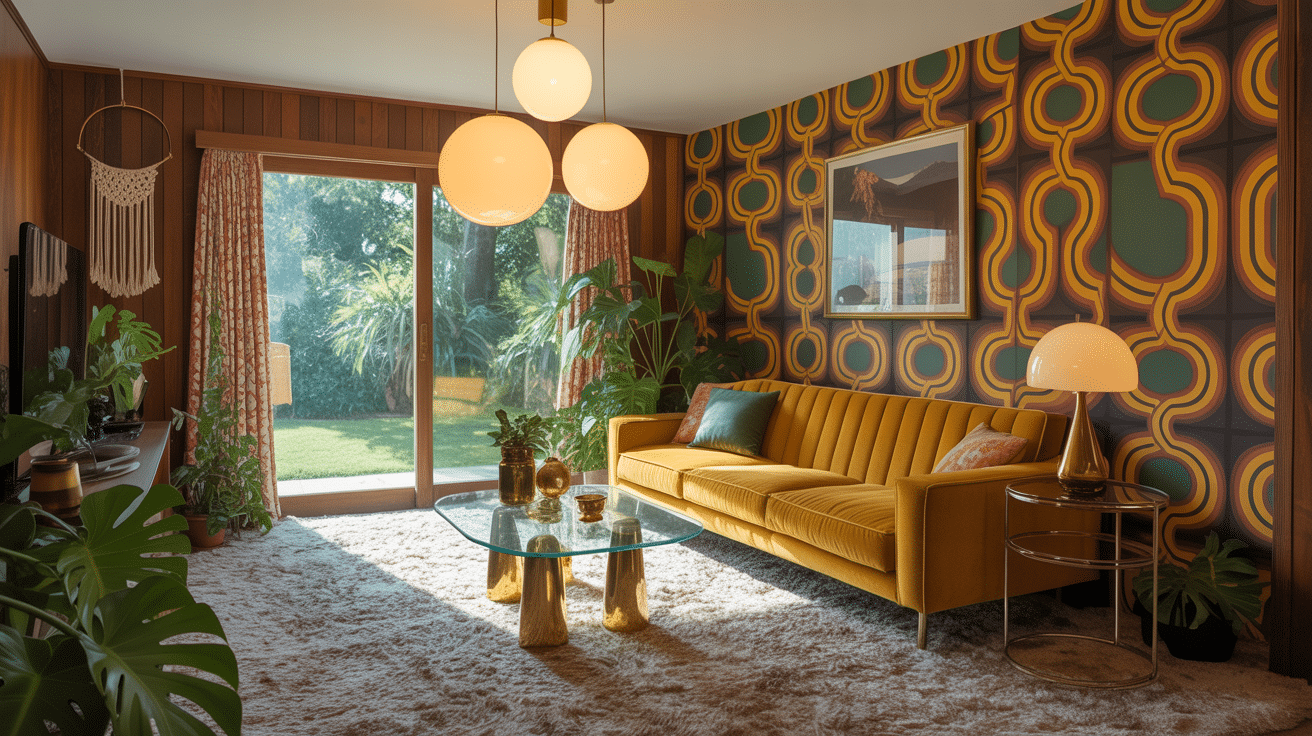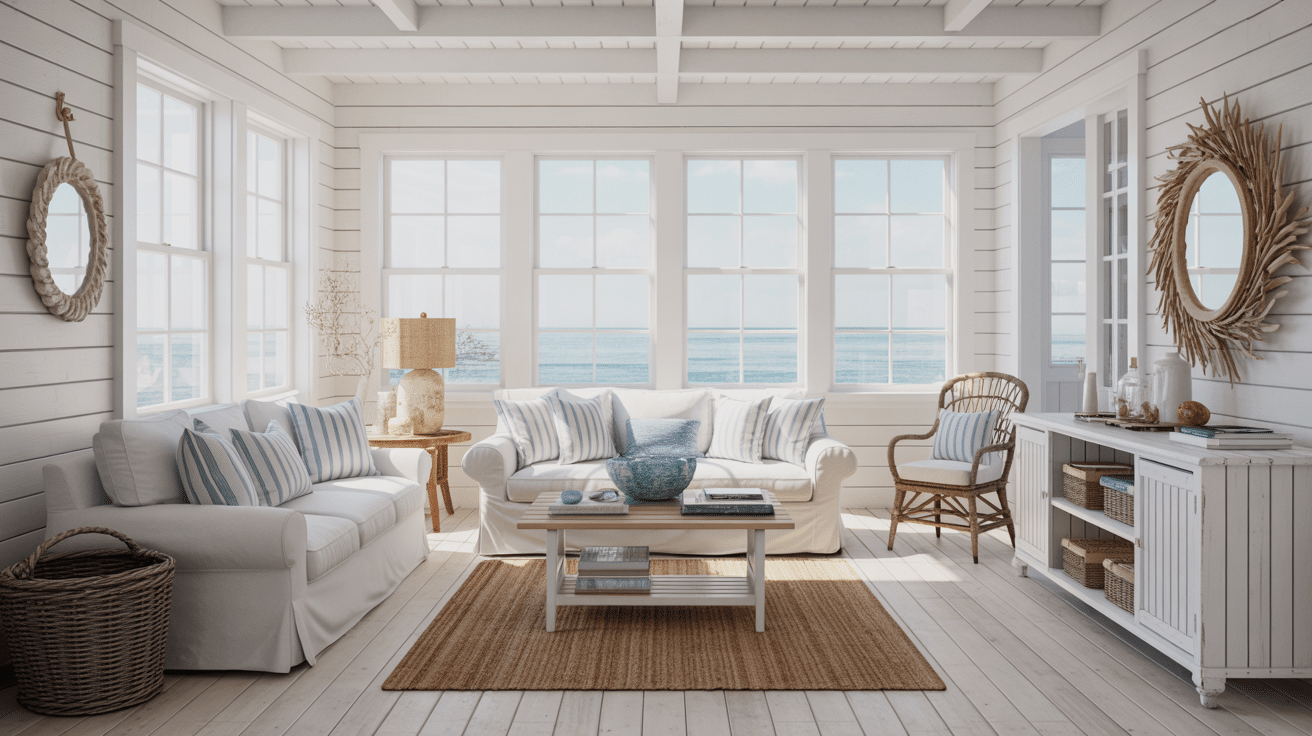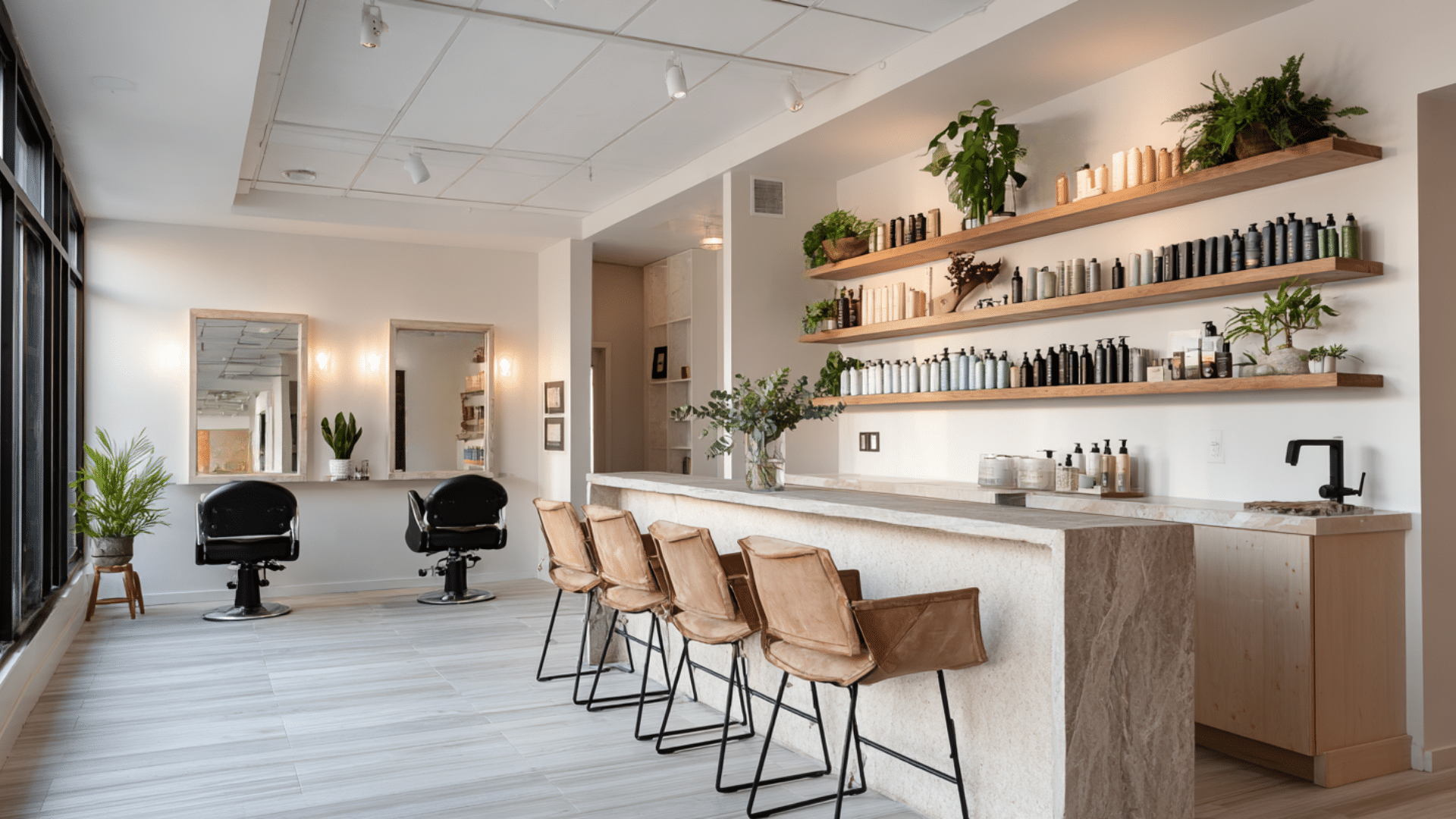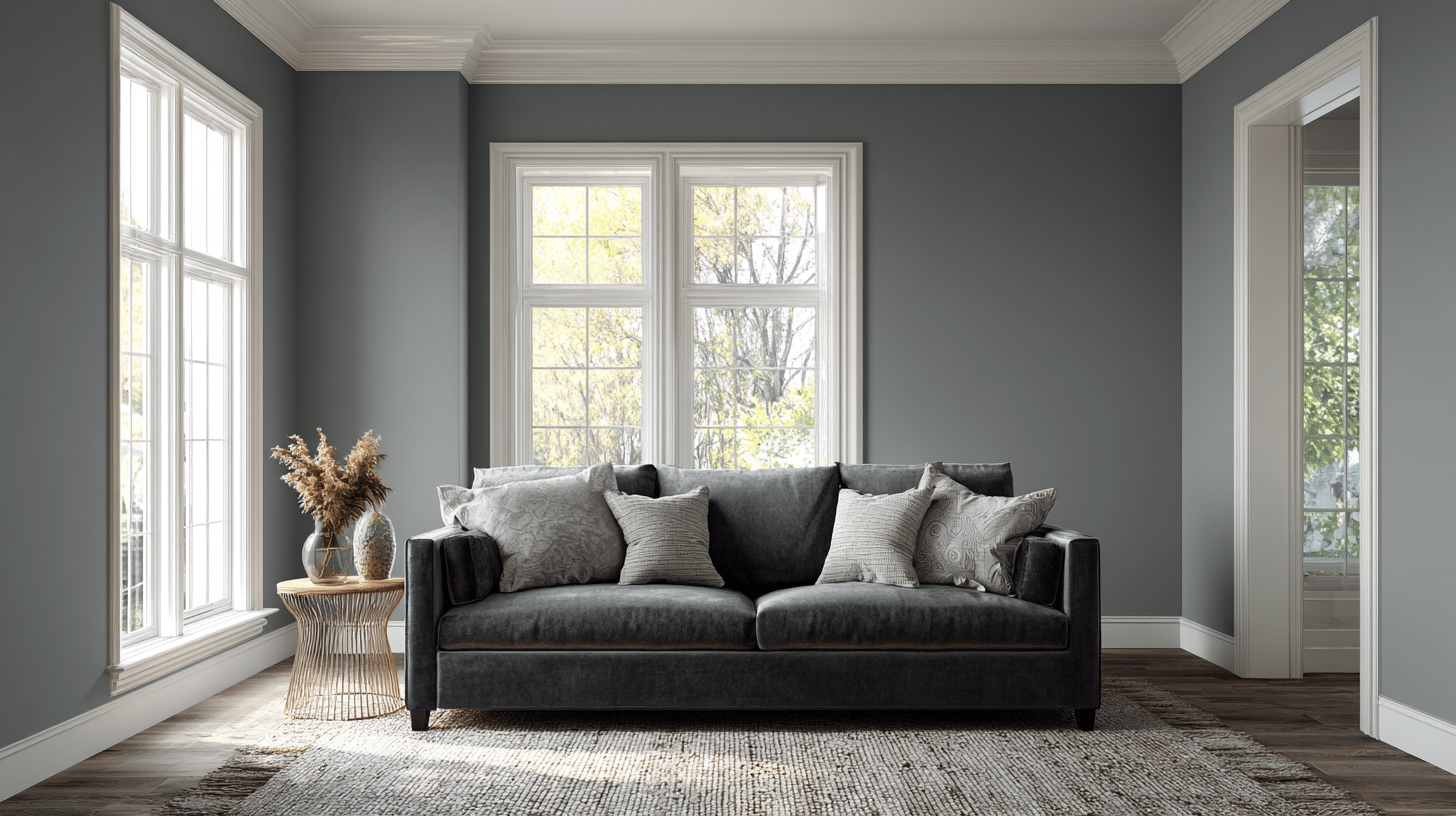Russian Architecture
Russian architecture represents the unique building traditions that developed across Russia over more than a thousand years.
It blends Byzantine influences with local Slavic customs, creating something truly distinctive. Think of those famous onion domes, they’re not just decorative but also practical for shedding snow and rain.
The style evolved from early wooden churches to imperial palaces. Russian builders used local timber and stone, adapting designs to harsh winters and vast landscapes.
What sets its architecture apart is its ability to combine foreign influences with practical Russian needs.
Byzantine domes met Russian winters. European Baroque merged with Orthodox traditions.
This fusion created buildings that are both beautiful and perfectly suited to Russian life and climate.
The Influence of Byzantine Architecture
Byzantine architecture laid the foundation for Russian building traditions when Christianity arrived in the 10th century.
- Onion domes: Adapted from Byzantine cupolas for snow shedding
- Cross-in-square layout: Central dome with four supporting pillars
- Rich interior mosaics: Gold backgrounds with religious imagery
- Thick stone walls: Fortress-like construction for durability
- Small windows: Limited openings to retain heat
- Central iconostasis: Ornate screen separating nave from altar
- Multiple domes: Symbolic representation of heaven
- Brick construction: Red brick became a signature Russian material
- Religious symbolism: Every element carried spiritual meaning
These Byzantine elements became the backbone of Russian Orthodox church design, evolving over centuries to suit local climate and cultural needs.
Evolution of Russian Architecture Over Time
The architecture underwent distinct historical periods, reflecting the changing rulers, religious influences, and cultural exchanges with the broader world.
1. Pre-Mongol Period (10th-13th centuries)
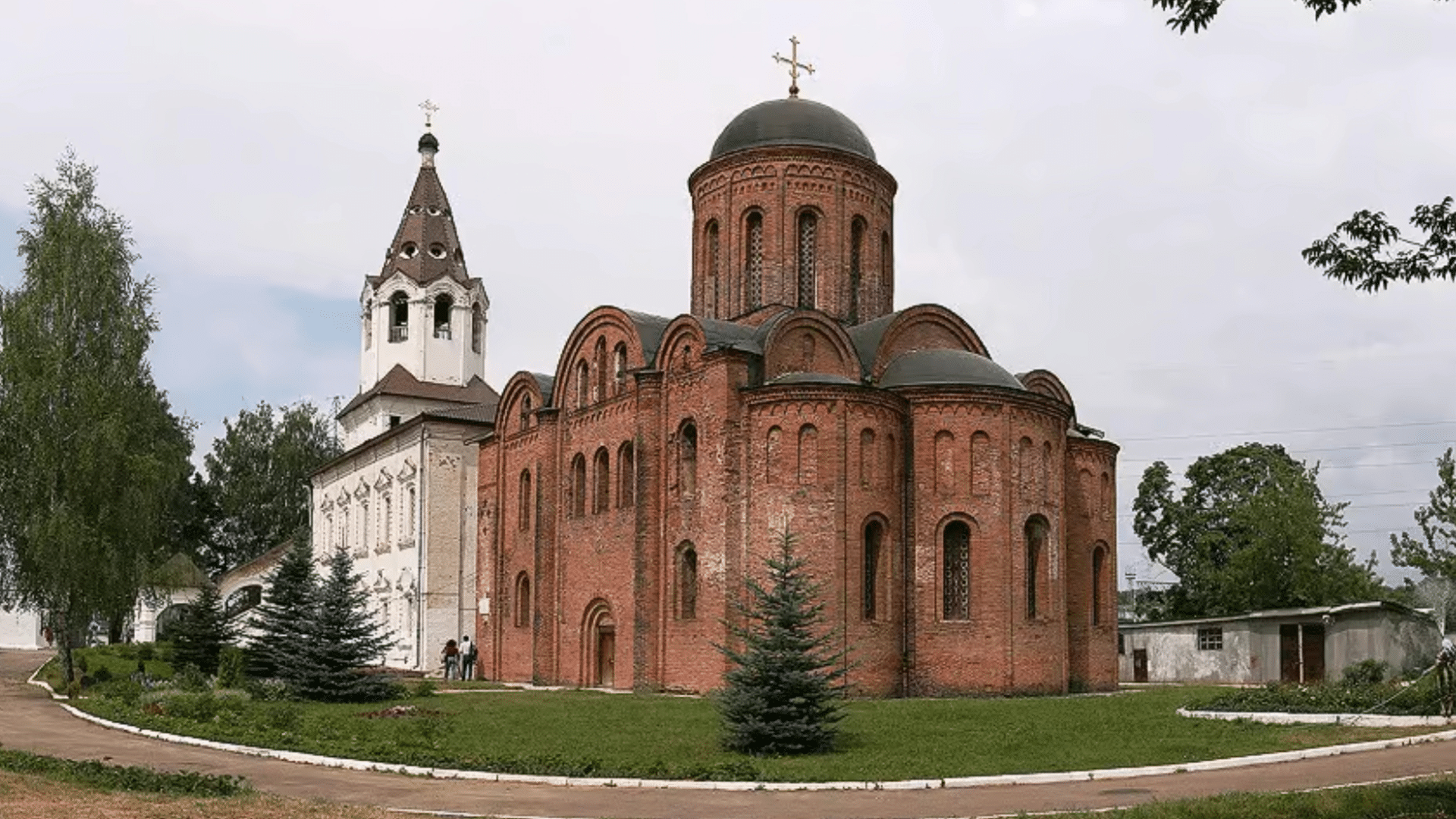
Credit: Art in context
Byzantine-influenced churches dominated this era. Stone replaced wood in major structures.
The Cathedral of St. Sophia in Novgorod exemplifies this period with its massive walls, single dome, and fortress-like appearance that defined early Russian Orthodox architecture.
2. Mongol Period (13th-15th centuries)
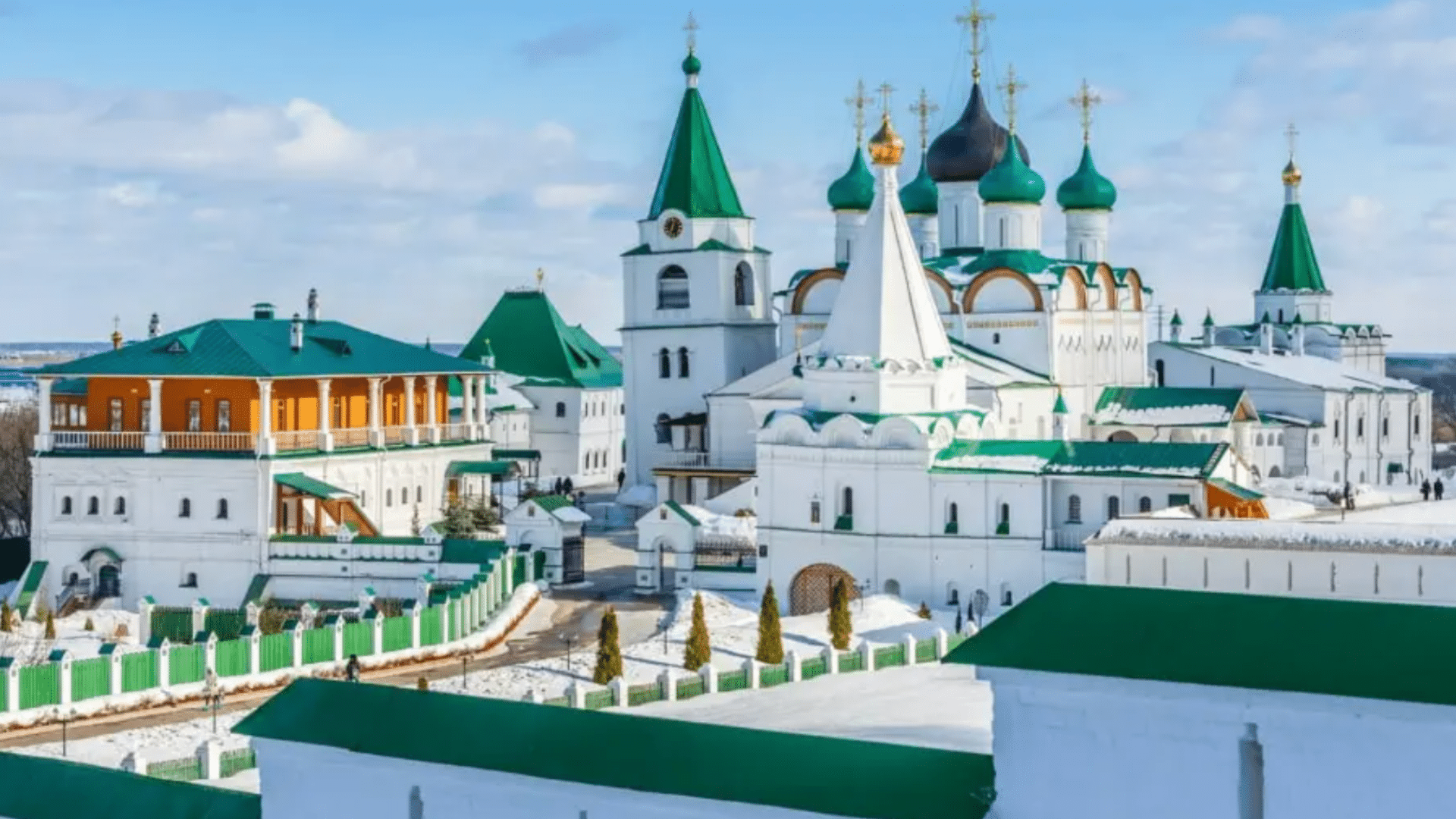
Credit: 56Parallel
Architectural development slowed under Mongol rule. Construction focused on fortified monasteries and kremlins. Buildings became more defensive, with thicker walls and fewer decorative elements.
Moscow’s early Kremlin structures reflect this practical and protective architectural approach during the occupation.
3. Muscovite Period (15th-17th centuries)
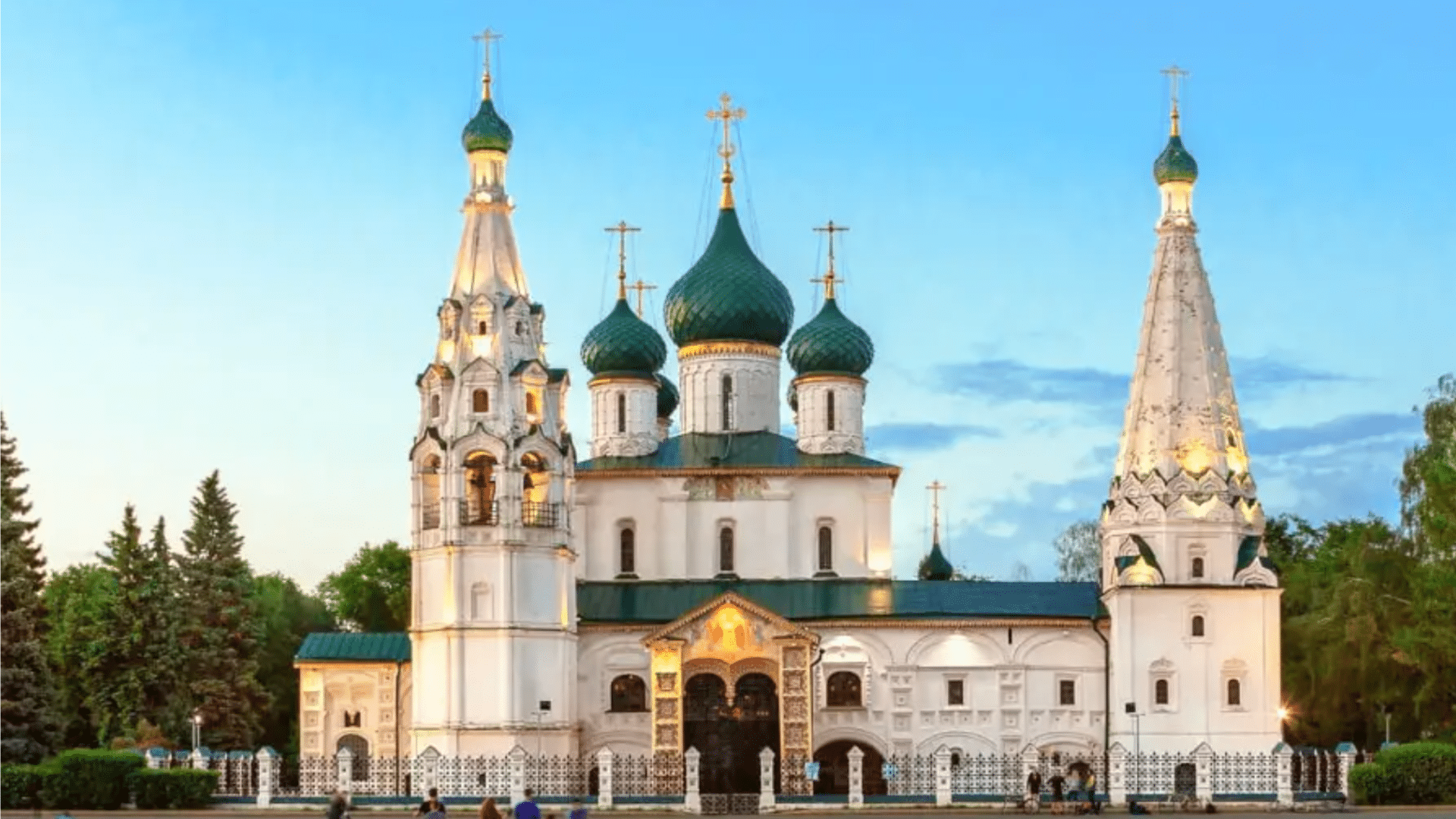
Credit: 56Parallel
Russian architecture is found in its unique voice. Colorful onion domes multiplied, tent-like roofs appeared, and brick construction flourished.
St. Basil’s Cathedral represents this golden age with its vibrant colors, multiple domes, and distinctly Russian aesthetic, breaking from Byzantine traditions.
4. Imperial Period (18th-19th centuries)
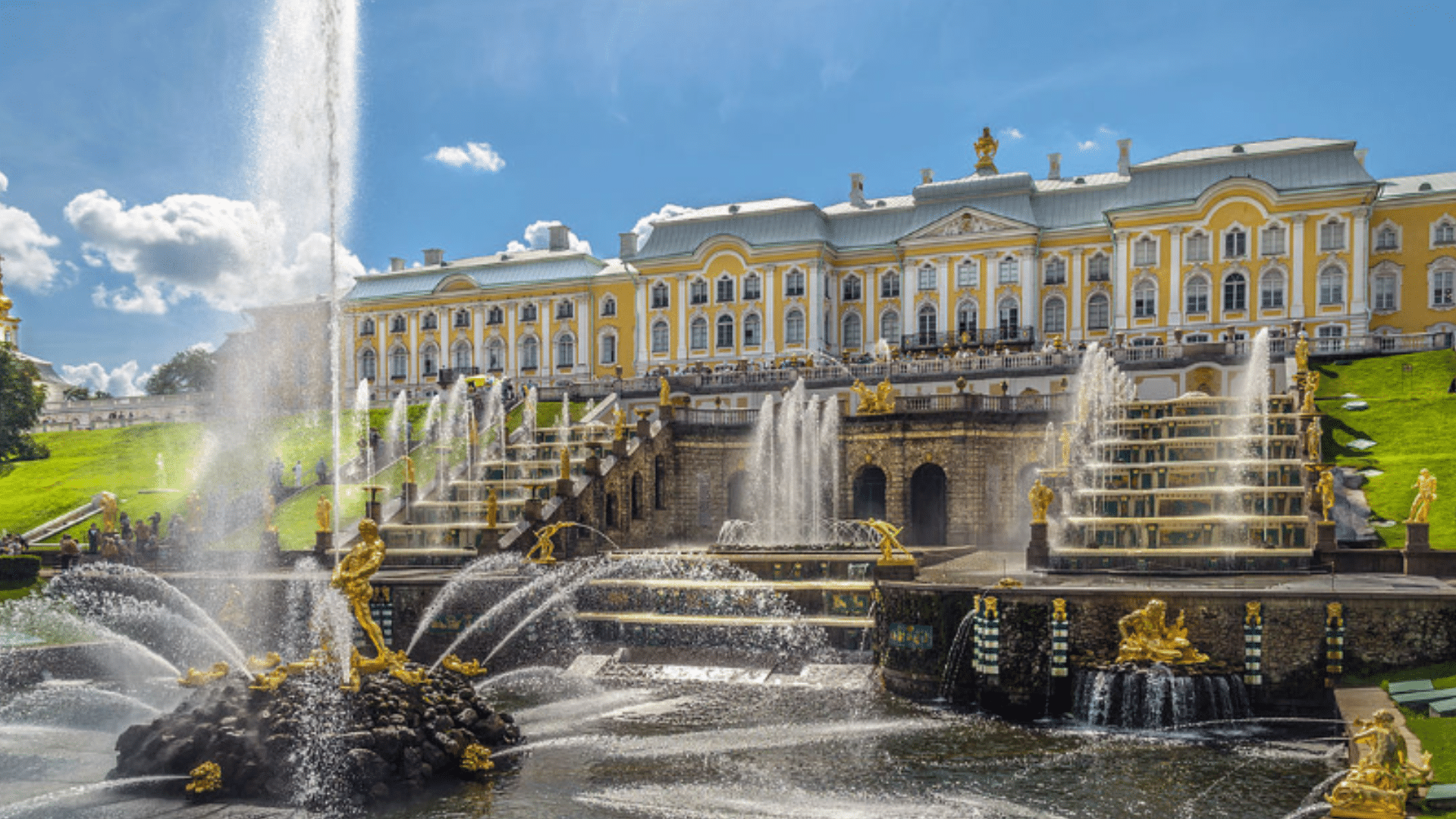
Credit: Russian visual
Peter the Great brought European baroque and neoclassical styles to Russia.
Grand palaces like the Winter Palace combined Western elegance with Russian scale. St. Petersburg became the showcase for this fusion of European sophistication and Russian grandeur.
5. Soviet Period (20th century)
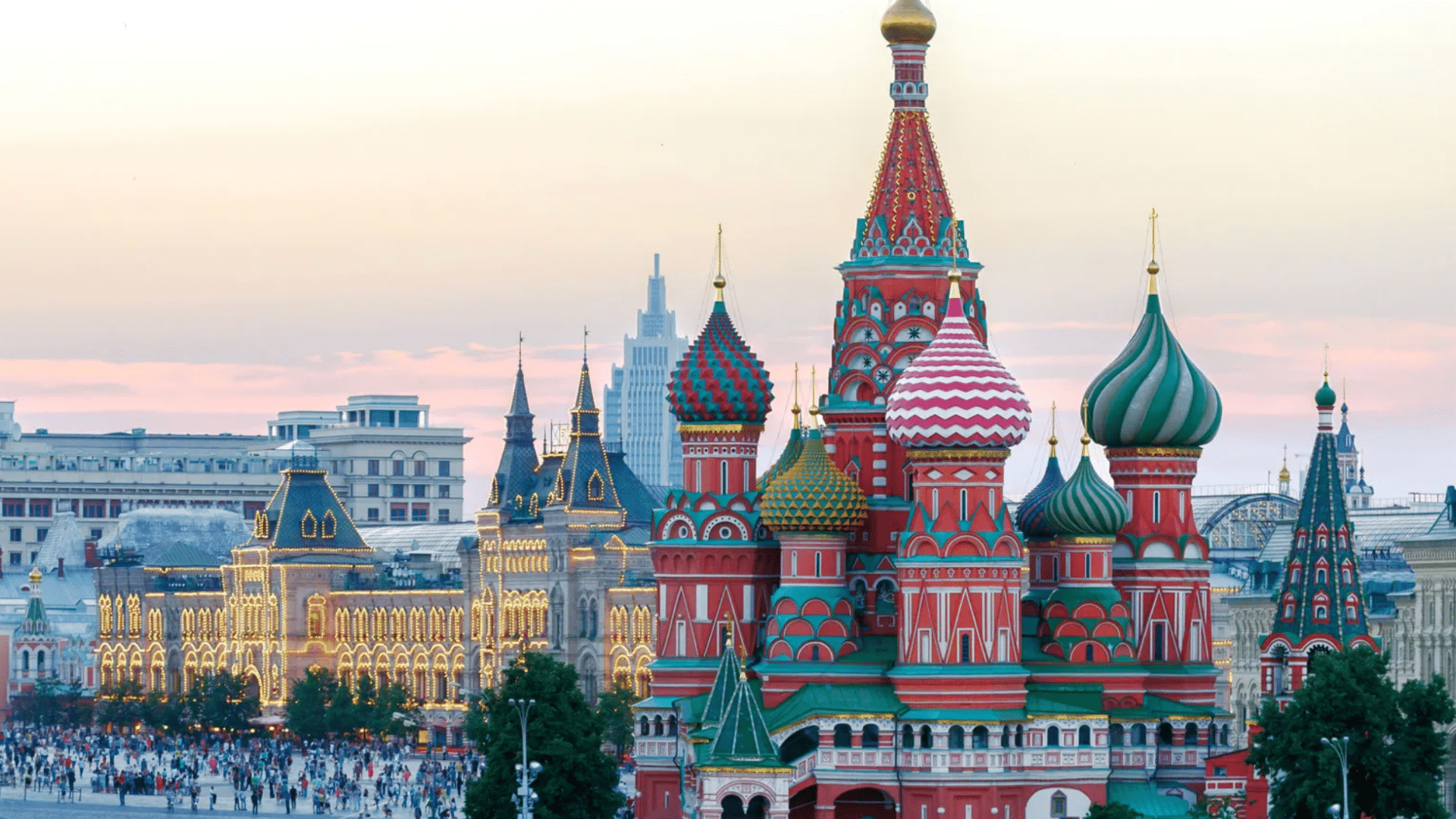
Credit: Britannica
Constructivism and Socialist Realism dominated Soviet architecture. Functional apartment blocks, imposing government buildings, and monumental structures emphasized collective power.
The Moscow Metro stations showcase this era’s blend of propaganda, functionality, and surprising artistic beauty.
How Russian Architecture Differs from Europe
It stands apart from other European styles due to its unique adaptations to climate, culture, and Orthodox Christianity.
| Feature | Russian Style | Other European Styles |
|---|---|---|
| Domes | Colorful onion shapes | Round or pointed domes |
| Roofs | Tent-like, steep angles | Flat or moderate slopes |
| Materials | Bright painted wood/brick | Natural stone, subdued colors |
| Windows | Small, decorative frames | Large, symmetrical openings |
| Colors | Bold reds, blues, and golds | Neutral stones, earth tones |
| Layout | Asymmetrical, organic | Geometric, balanced plans |
| Decoration | Intricate folk patterns | Classical orders, restraint |
| Scale | Monumental, imposing | Human-proportioned buildings |
| Climate adaptation | Steep roofs, thick walls | Varied by region |
| Religious elements | Orthodox crosses, icons | Catholic or Protestant symbols |
Key Styles of Russian Architecture
Russian architecture tells the story of a nation through its buildings. From onion domes to Soviet brutalism, each style reflects the cultural and political forces that shaped Russia across centuries.
Byzantine and Early Russian (10th-15th centuries)
The foundation came from Byzantium – massive stone churches with thick walls and iconic onion domes.
The Cathedral of Saint Sophia in Novgorod shows this style perfectly: simple, powerful, and built to last forever.
Moscow Baroque (17th-18th centuries)
As Russia opened to Western influences, architects mixed traditional Russian elements with the European Baroque style.
Buildings became more decorative and colorful, like the ornate Church of the Intercession at Fili.
Russian Empire Style (18th-19th centuries)
Under Catherine the Great, Russian architecture went full European. Grand palaces and neoclassical columns defined this era.
The Winter Palace in St. Petersburg epitomizes this imperial grandeur.
Russian Revival (19th century)
A nationalist movement brought traditional elements back. Architects combined medieval Russian features with modern techniques.
The State Historical Museum in Red Square captures this “return to roots” mentality.
Soviet Architecture (20th century)
Communist ideology demanded functional, mass-produced buildings. Early constructivism emphasized geometric forms. Stalin’s Empire style brought massive, imposing structures.
Finally, Soviet modernism gave us the concrete apartment blocks that still define Russian cities today.
Each style reveals how Russia saw itself – whether looking east to Byzantium, west to Europe, or inward to its own traditions.
Core Traits Over the Centuries
Certain architectural characteristics have remained consistent throughout Russian building history, defining the national style across all periods.
- Fortress mentality is Buildings designed for defense and protection
- Vertical emphasis on the Towers and spires reaching skyward
- Communal spaces are the Large gathering areas for religious and social functions
- Symbolic hierarchy is built to a height reflecting social or spiritual importance
- Regional adaptation in Local materials and techniques incorporated into designs
- Ornamental storytelling, Decorative elements conveying cultural narratives
- Seasonal functionality is the Features designed for extreme weather conditions
Russian architecture reveals a nation’s soul through the use of stone, wood, and brick, showcasing a unique blend of traditional and modern elements.
From Byzantine foundations to Soviet monuments, each building tells stories of faith, power, and survival against harsh elements.
This architecture uniquely blends foreign influences with a distinct identity.

